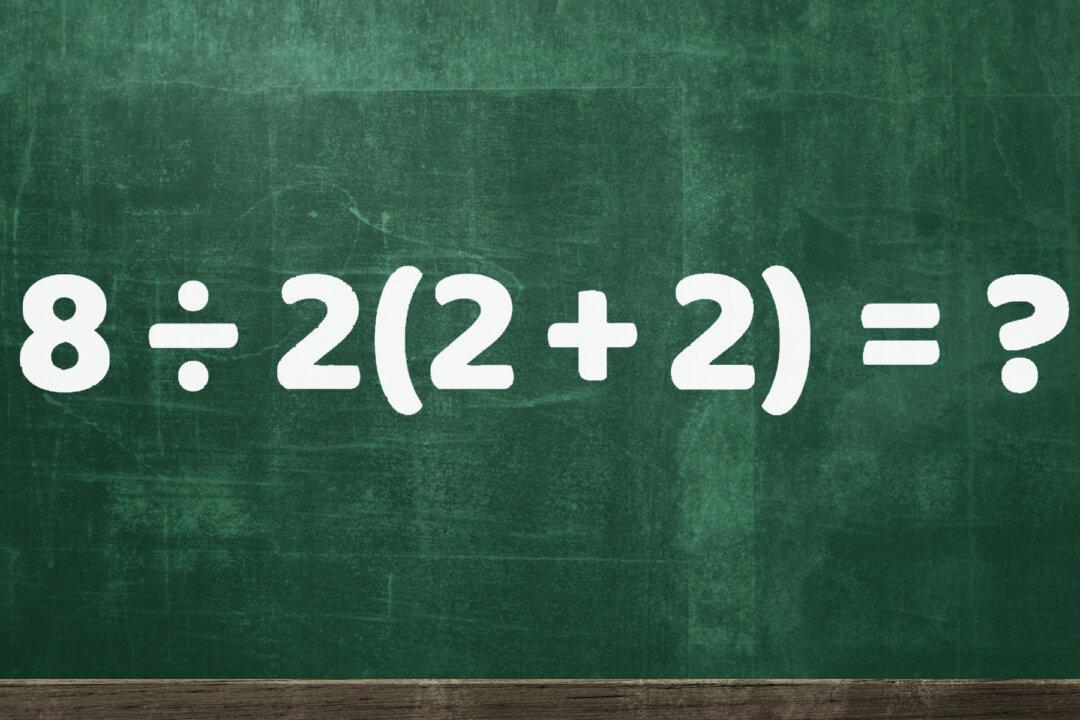Things can end up looking very different depending on the angle one looks at them from. Take any of the optical illusions that have been floating around for more than a century. Looked at from different vantage points, the image below can either look like a duck or a rabbit, for example.

Illustration - The Epoch Times
|Updated:





